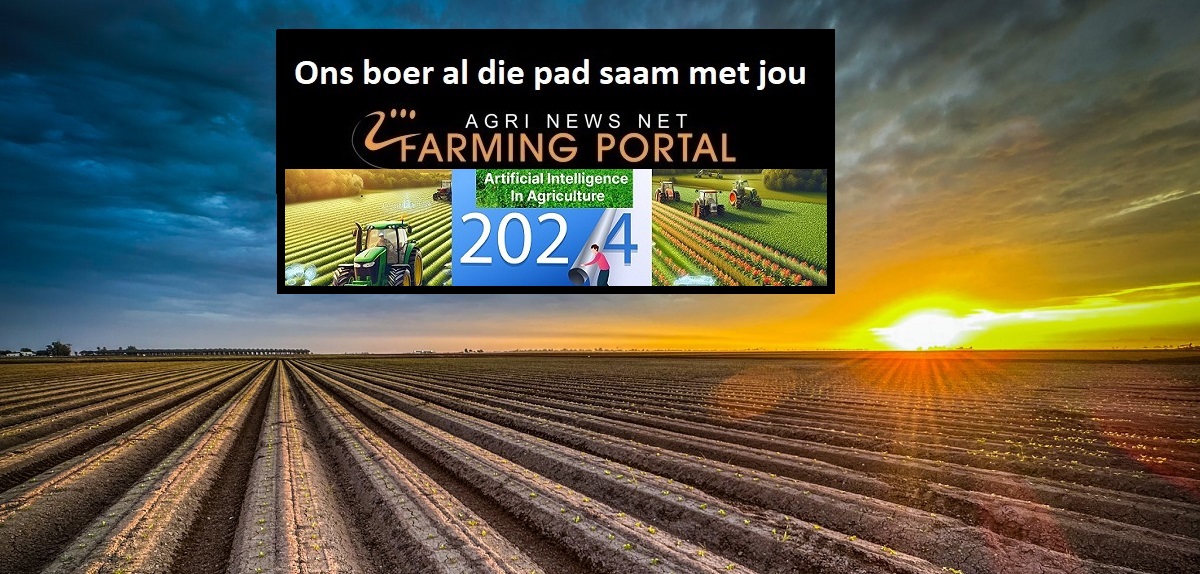Poor governance, limited access to finance, and political economy barriers are slowing down progress. Countries are not reducing emissions or building resilience fast enough, which is putting development achievements at risk. But beyond these grim headlines, there are increasingly clear opportunities to achieve development and climate double wins and there is a better understanding of the challenges that can turn these opportunities into trade-offs. That’s what the World Bank’s Country Climate and Development Reports (CCDRs) intend to capture: identifying opportunities for each country and priorities for investments and reforms.
 What climate change means for South Africa and its people
What climate change means for South Africa and its people
The CCDRs published so far, covering 42 economies, highlight how development and resilience can be mutually reinforcing, with development contributing to resilience, and resilience safeguarding development gains from increasingly frequent crises. They also show that countries are not capturing readily available opportunities to adapt to climate change and improve people’s lives, health, and safety by building more resilient economies. CCDRs identify many adaptation interventions with high economic and social returns. However, even these interventions cannot prevent all risks and impacts from climate change, and an acceleration of global GHG emission reductions is an imperative.
Fortunately, there are many synergies between GHG emission reductions, development, and resilience, ranging from higher energy efficiency, low-cost renewable energy, reduced methane emissions, better air quality and less congested cities. Thanks to those, CCDRs find that low-emission development can foster similar—or even faster—economic growth and poverty reduction as current development pathways. But this requires a supportive enabling environment and macroeconomic context, welldesigned policies, management of negative impacts in some sectors, communities, and regions, and stronger financial and technical support from the international community.
Resilient low-emission development requires large investments, with annual incremental needs in developing countries estimated at 0.4–10 percent of GDP, with larger needs in lower-income countries. The private sector has a key role to play in meeting these investment needs, and can also deliver innovation, faster technology adoption, and new business models. To incentivize private sector involvement, countries need to develop an appropriate legal and institutional framework and provide adequate concessional resources to mitigate credit, foreign exchange, or market risks when it is needed.
Recently published CCDRs in the major global forest basins, covering 56 percent of the world’s tropical forests, show that addressing forest loss, boosting carbon sequestration, and working with nature are vital to achieve global climate change and development objectives. Action on land use in seven CCDR countries alone could increase forest cover by 63 million hectares compared with a business as usual. This would reduce global annual GHG emissions by 2.7 gigatonnes of carbon dioxide equivalent by 2050, representing almost 6 percent of today’s emissions. But there are economic, distributional, and political challenges to achieving this, and success requires action to be thoughtfully positioned within wider development efforts for forested areas, combined with action on agriculture and the rest of the economy, and supported by international payments for the ecosystem services forests provide globally.
Capturing the opportunities identified in CCDRs will not be easy. A just transition toward resilient, lowemission development requires improved governance and better spending efficiency. CCDRs identify opportunities for countries to strengthen their legal, institutional, and regulatory framework and ensure they spend existing resources better, including by repurposing energy, water, and agriculture subsidies, and through trade policy reforms.
CCDRs offer a rich layer of climate-informed analysis to boost our engagements with governments, and public and private stakeholders. They help select priorities for country action, the World Bank portfolio and potential financing. And they contribute foundational knowledge to global debates on how to align climate and development, providing substantive guidance to delivering a world free of poverty on a livable planet.














